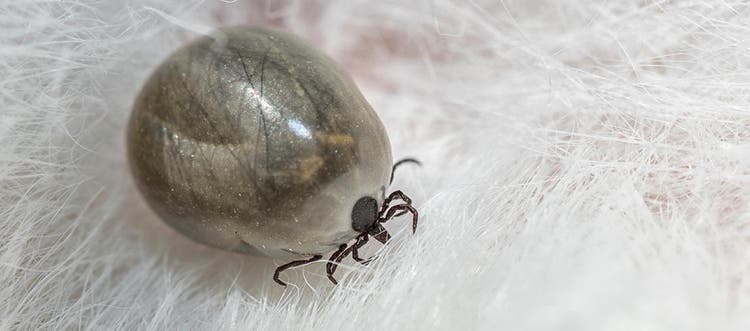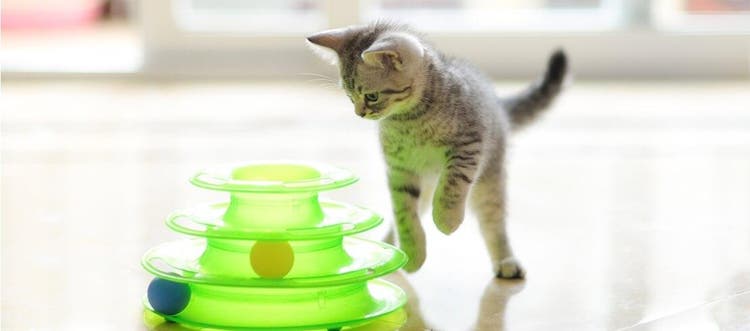Cats can pick up fleas surprisingly easily, and these parasites can quickly spread around your home unless you act quickly to prevent an infestation.
Fleas are one of the most common parasites affecting cats, and outdoor cats will likely come into contact with fleas on a regular basis. Yet, even indoor cats can get fleas if the parasites hitch a ride into your home: on you, another pet or an uninvited guest like a rodent.
If you maintain a regular treatment schedule for your pet, you will hopefully never have to deal with an infestation, but it’s still important to know what you’re up against.
The basics about fleas
Fleas are tiny, wingless insects that live on your cat’s body, feeding on blood and laying eggs in your cat’s fur, which then drop off throughout your home. A single flea can lay up to 2,000 eggs in its lifetime, and its full life cycle – from egg to larva to pupa to adult – can take place in a few weeks. Although they don’t live on humans, fleas do bite humans – especially on the ankles and lower legs – and they will also jump on and infest other pets in the household.
Why flea bites can be dangerous for cats
Flea bites are painful and itchy for your cat, and they can cause a range of problems, including:
Flea allergy dermatitis (FAD)
FAD is an allergy to flea saliva that can set off a severe reaction and intense itching from just a few flea bites. If your cat has FAD, their skin may look sore and crusty. They can also lose fur from over-grooming, bringing a higher risk of skin infection.
Anemia
Kittens and elderly cats can become anemic from blood loss if they have a heavy flea infestation and are bitten too many times.
Tapeworm
If your cat swallows fleas infected with tapeworm eggs while grooming, your cat can end up with a tapeworm infection.
Spreading diseases
Cat fleas can also spread disease, including the bacteria Bartonella (which can cause a potentially debilitating disease called ‘bartonellosis’ or ‘cat scratch disease’ in people), Rickettsia (which can cause a disease called rickettsiosis in people) and, more rarely, the serious human disease called typhus.
How to spot a flea infestation
It can be quite hard to spot fleas on cats, and the first symptom you may notice is scratching. You can check your cat regularly by gently combing with a flea comb and shaking the fur onto a damp piece of white tissue. If dark specks (flea dirt) appear and turn reddish brown, this indicates that your cat has fleas. In many cases, it may not be obvious that your pet has fleas though, as fleas burrow deep into your pet’s fur and move away quickly when the fur is parted, making them hard to find.
How to get rid of fleas on your cat and in your home
The first step in dealing with a flea infestation is to give your cat a flea treatment, such as a topical treatment, a pill, collar or spray. Trying to decide which flea treatment is best for you and your pet? Choose one that doesn’t require fleas to first bite your cat in order to be killed. Advantage®II flea treatment is a topical option for cats that is applied to the base of your cat’s head, spreads throughout the skin and kills fleas through contact.1
To help quickly remove fleas from your home, wash your cat’s bedding on the hottest possible setting and vacuum your cat’s favourite snoozing spots.
A product such as Advantage® II for cats will also kill flea larvae in your home, which will help you more rapidly bring a flea infestation under control. Read our comprehensive guide for more information and helpful tips.
1. Mehlhorn et al. Parasitol Res (2001) 87: 198-208

Advantage®II for Cats
Advantage®II is a fast-acting flea treatment for cats that protects against fleas, flea eggs and flea larvae.









